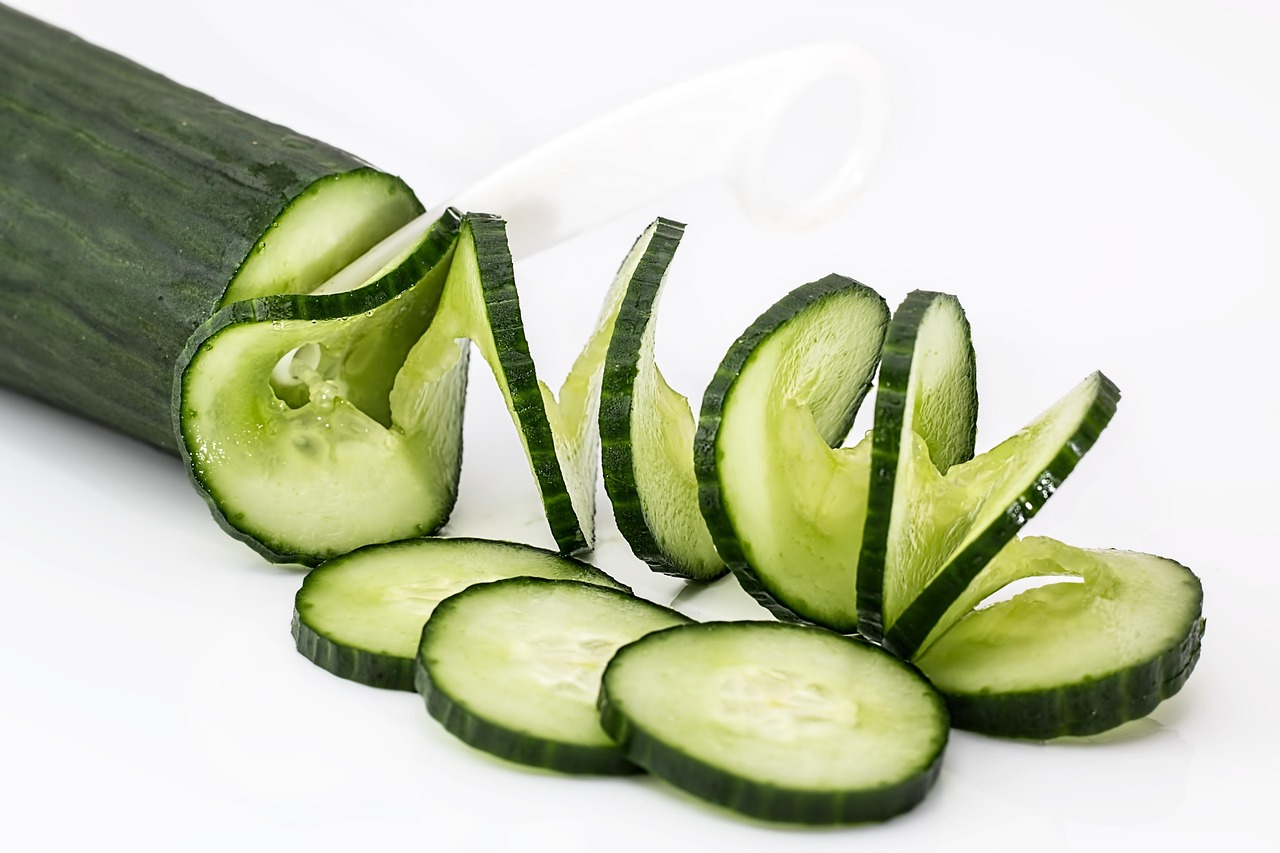Have you ever bitten into a store-bought cucumber only to find it bland and watery? If so, you’re not alone. Many commercially grown cucumbers lack the crisp texture and fresh flavor of homegrown varieties. But what if you could grow juicy, sweet, and crunchy cucumbers all year—regardless of the weather outside?
Enter hot house cucumbers (also known as greenhouse cucumbers). These controlled-environment wonders allow gardeners to enjoy a steady supply of high-quality cucumbers, free from pests and unpredictable weather.
In this guide, you’ll discover:
✔ What makes hot house cucumbers different from traditional varieties
✔ Step-by-step growing techniques for maximum yield
✔ Common mistakes to avoid (and how to fix them)
✔ Expert-backed tips for pest control and disease prevention
What Are Hot House Cucumbers?
Hot house cucumbers are specifically bred for greenhouse or indoor growing. Unlike field cucumbers, which rely on pollinators, most greenhouse varieties are parthenocarpic—meaning they produce fruit without pollination. This makes them ideal for enclosed spaces.
Key Benefits of Growing Hot House Cucumbers
✅ Year-round production (no seasonal limitations)
✅ Higher yields in a smaller space
✅ Fewer pests and diseases (controlled environment)
✅ Consistent flavor and texture (no bitter or misshapen fruits)
Popular varieties include:
-
European cucumbers (long, seedless, thin skin)
-
Mini cucumbers (small, sweet, perfect for snacking)
-
Burpless varieties (easier to digest, less bitterness)
How to Grow Hot House Cucumbers: A Step-by-Step Guide
1. Choosing the Right Greenhouse Setup
Hot house cucumbers thrive in:
-
Temperature: 75–85°F (24–29°C) during the day, 60–70°F (16–21°C) at night
-
Humidity: 60–70% (use a hygrometer to monitor)
-
Light: 12–14 hours of bright light daily (supplement with LED grow lights if needed)
Pro Tip: Install trellises or vertical supports—cucumbers grow best when vines climb, saving space and improving air circulation.
2. Selecting the Best Soil and Containers
-
Soil: Use a well-draining, nutrient-rich mix (pH 6.0–6.5).
-
Containers: Opt for 5-gallon pots or grow bags with drainage holes.
Avoid garden soil—it can introduce pests and diseases.
3. Planting Seeds or Seedlings
-
Seeds: Sow ½ inch deep, 2–3 seeds per pot. Thin to the strongest seedling.
-
Transplants: If starting indoors, transplant after 3–4 weeks when true leaves appear.
Spacing: Allow 18–24 inches between plants for proper airflow.
4. Watering and Fertilizing for Optimal Growth
-
Watering: Keep soil consistently moist (not soggy). Drip irrigation works best.
-
Fertilizer: Use a balanced liquid fertilizer (10-10-10) every 2 weeks.
Warning: Overwatering leads to root rot, while underwatering causes bitter fruits.
5. Pollination (If Needed)
Most hot house cucumbers don’t require pollination, but if growing a non-parthenocarpic variety:
-
Hand-pollinate using a small brush.
-
Gently transfer pollen from male to female flowers.
6. Pruning and Training for Higher Yields
-
Remove lower leaves to improve airflow.
-
Pinch off side shoots (laterals) to focus energy on fruit production.
-
Train vines upward using soft ties.
Common Problems & Solutions
| Issue | Cause | Fix |
|---|---|---|
| Yellow leaves | Nutrient deficiency, overwatering | Adjust fertilizer, check drainage |
| Bitter cucumbers | Stress (heat, water fluctuations) | Maintain consistent watering |
| Powdery mildew | High humidity, poor airflow | Apply neem oil, increase ventilation |
| Aphids/Whiteflies | Pest infestation | Introduce ladybugs or use insecticidal soap |
Harvesting & Storing Hot House Cucumbers
-
When to Harvest: Pick when 6–8 inches long (or desired size) before they turn yellow.
-
How to Harvest: Use clean scissors to avoid damaging the vine.
-
Storage: Keep in the crisper drawer (up to 10 days). For longer storage, pickle or ferment.
Pro Tip: Harvest every 2–3 days to encourage more fruiting.
Final Thoughts: Why Hot House Cucumbers Are Worth the Effort
Growing cucumbers in a controlled environment eliminates many of the challenges of outdoor gardening. With the right setup, you can enjoy:
🌱 Fresher, tastier cucumbers than store-bought
🌱 A continuous harvest regardless of the season
🌱 Fewer pests and diseases compared to outdoor crops
Whether you’re a beginner gardener or a seasoned pro, hot house cucumbers offer a reliable, high-yield crop with minimal fuss.










